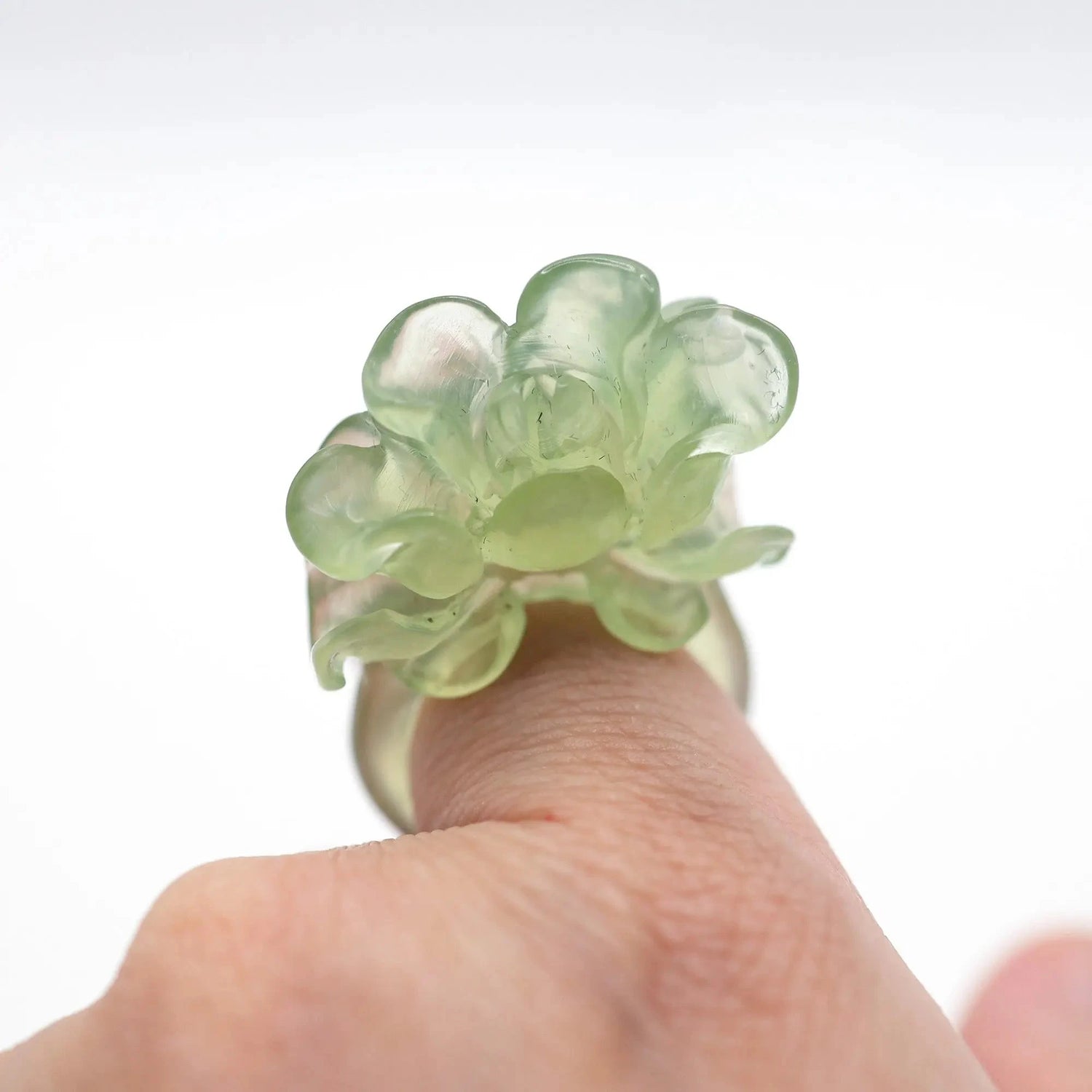
How to Identify different types of Natural Rose Quartz: A Deeper Look at Color, Origin, and Value
Share
What Makes High-Quality Natural Rose Quartz?
Natural rose quartz is widely known as the stone of love. Its pink hue is soft, calming, and emotionally resonant. But not all rose quartz is created equal. The quality of this mineral varies greatly depending on color, clarity, origin, and whether it has been treated or left in its natural state.
In this article, we take a closer look at high-quality rose quartz, exploring the subtle but meaningful differences between stones from Madagascar, Brazil, and Mozambique. Whether you’re a collector, a jewelry maker, or someone drawn to its energy, understanding these differences can help you choose with more confidence.
How to Evaluate Natural Rose Quartz
Unlike faceted gems, rose quartz is not measured by sparkle. Instead, its value depends on several key factors:
-
Color: Rich pink to blush tones are most desirable
-
Clarity: Semi-translucent, often described as "cloudy clear"
-
Surface: Smooth and polished, free of visible cracks
-
Authenticity: Natural stones show soft variation, not harsh uniformity
High-quality rose quartz should feel gentle but substantial. The best pieces offer depth—not just in color, but in presence.
Madagascar Rose Quartz
Madagascar is a leading source of high-quality natural rose quartz. Stones from this region are known for their soft, warm tones—ranging from peachy pink to subtle blush. The finest specimens show a semi-translucent body, with internal structures that diffuse light like fog over water.
This material is particularly well-suited for hand carving. It has fewer internal fractures and polishes to a gentle, silky sheen. That makes it ideal for sculptural jewelry or symbolic designs. The tone feels organic and grounding—elegant without being showy.
In rare cases, Madagascar rose quartz exhibits asterism, a six-rayed star effect visible under strong light. These pieces are carved into cabochons to reveal the optical pattern, making them highly sought after by collectors.


Brazil Rose Quartz
Brazil is one of the world’s largest suppliers of rose quartz. The material is widespread, affordable, and commonly used in commercial jewelry. However, its visual quality varies widely.
Brazilian rose quartz typically displays lighter pink tones. It often contains white streaks or cloudy areas, which can reduce its overall clarity. Many stones appear more opaque, and color may be uneven across the surface.
Because of its abundance, Brazil-sourced quartz includes everything from low-grade rough to occasional mid-grade gem material. The key is to evaluate each piece on its own terms. Some Brazilian stones are treated—through heat or dye—to deepen the color. These may look vivid at first but lack the inner texture of natural stones.
For casual wear or beadwork, Brazilian rose quartz offers a soft, familiar tone. For artisan or symbolic jewelry, a closer inspection is advised.

Mozambique and Namibian Rose Quartz
Mozambique and Namibia produce rose quartz that is less commercially visible but growing in esteem. These stones often have a deeper rose color—more saturated and sometimes bordering on magenta.
Unlike the warm blush of Madagascar or the pale tone of Brazil, quartz from this region shows intensity. While not as translucent, it makes up for it with saturation and presence. Some specimens from Mozambique also display faint star effects when cut into domed forms.
This type of rose quartz is typically used in statement pieces—rings, pendants, or amulets where color and symbolism matter more than clarity. Because of its rarity and visual strength, it often appeals to collectors or those seeking a bolder aesthetic.

Origin Doesn’t Guarantee Quality
Each of these origins provides a general sense of visual characteristics. But natural rose quartz quality must still be evaluated stone by stone. Even within the same mine, quality can vary dramatically. Some Madagascar pieces may be dull; some Brazilian pieces may surprise you.
That’s why at MIRUZI, we don’t rely on labels. Every piece of rose quartz in our collection is hand-selected based on visual depth, carving potential, and intuitive presence. To us, quality means more than appearance—it means alignment with the energy the stone is meant to carry.
Closing Thoughts
True high-quality rose quartz is not flashy. It doesn’t need to be. Its value lies in its softness, in the quiet depth it offers to those who wear or hold it. For centuries, it has symbolized love—not only for others but for the self.
At MIRUZI, we work only with natural rose quartz, carefully chosen and hand-carved into jewelry that honors both material and meaning. If you are drawn to stones that carry both story and soul, we invite you to discover our collection.

